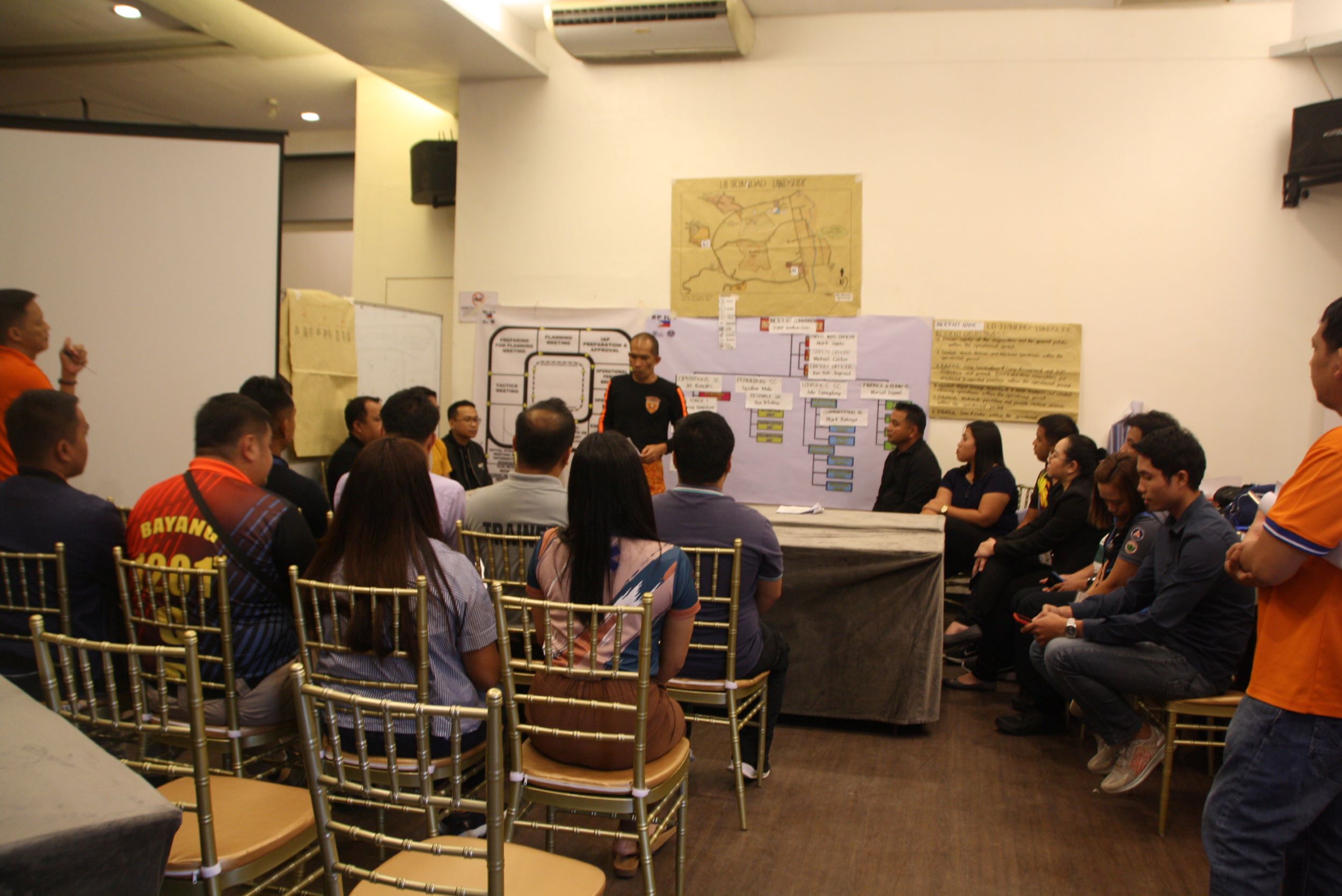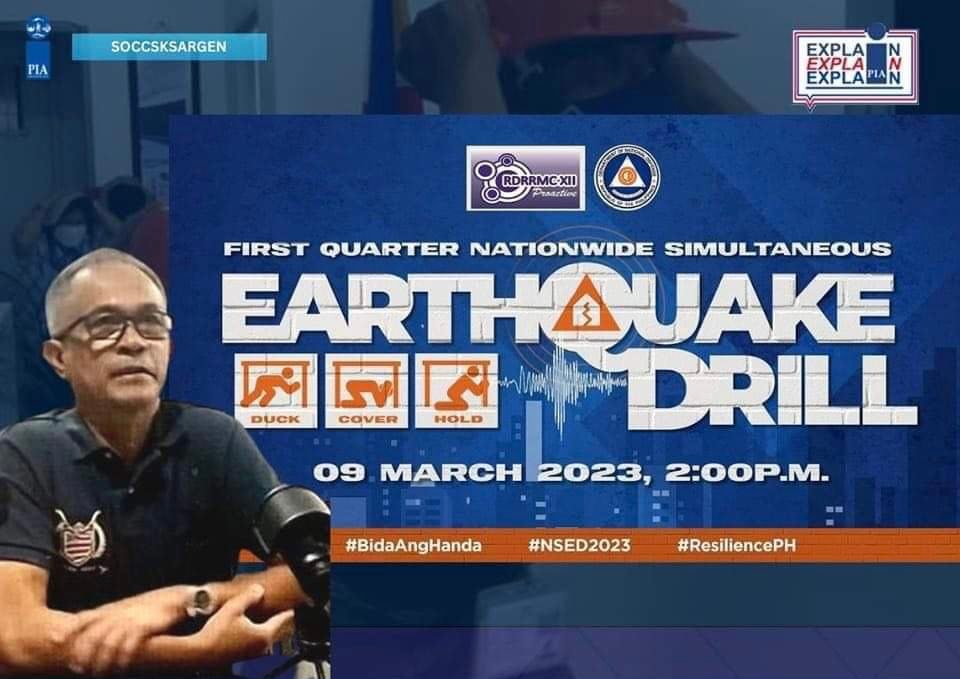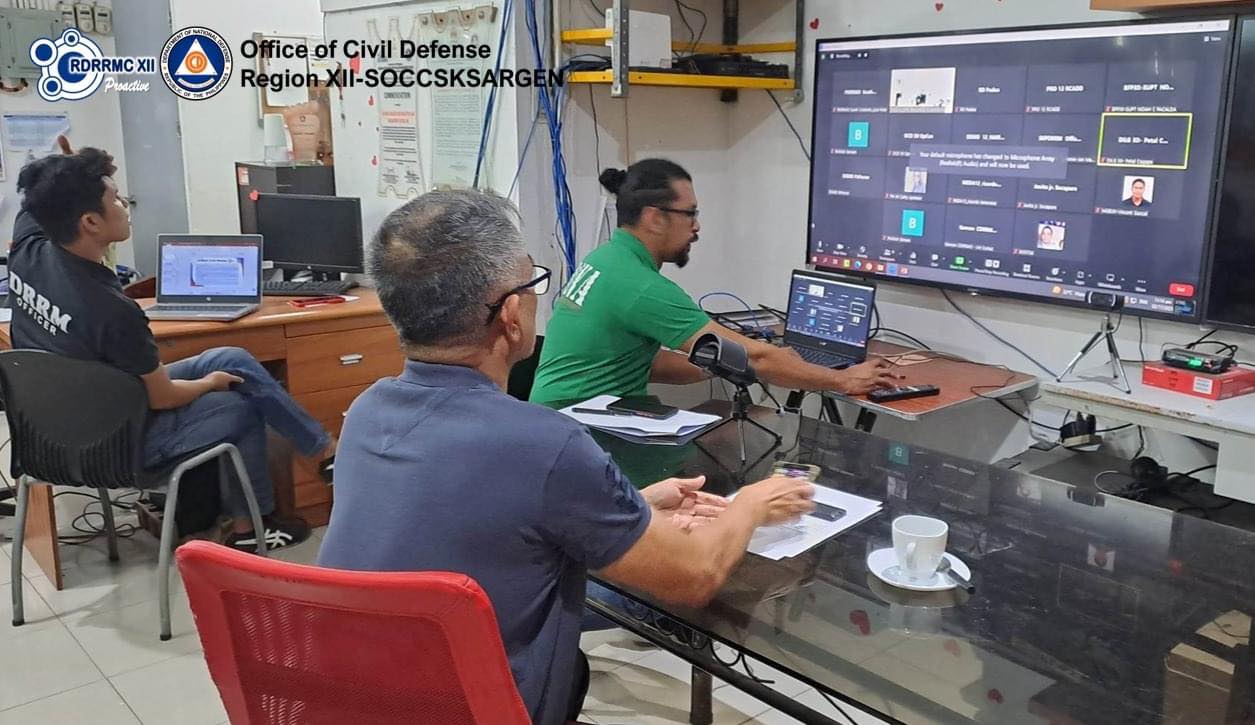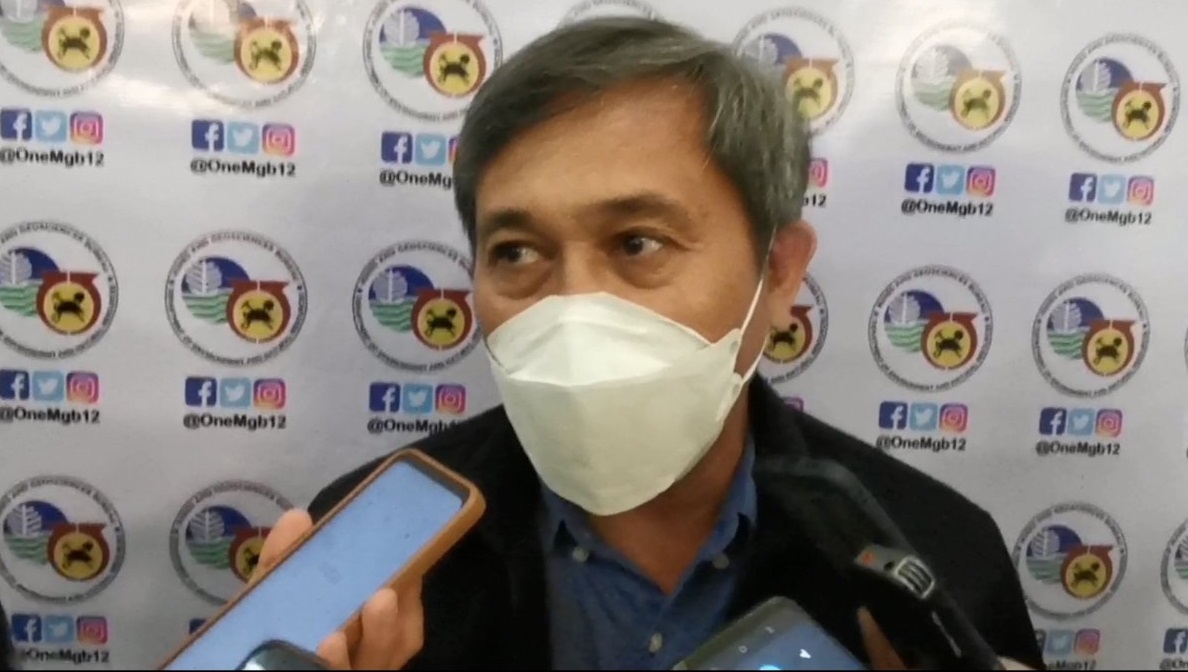
GENERAL SANTOS CITY (PIA) -- Disasters are unpredictable. These were three common words that came out, at some point, from the resource speakers in one of the episodes of Kapihan sa PIA held recently at the SM City General Santos.
But what makes a disaster like an earthquake unpredictable?
Philippine Institute of Volcanology and Seismology (PHIVOLCS) General Santos Station chief Nane Danlag explained why an earthquake can never be predicted where and when it will occur, let alone can modern technology predict it, because a disaster like an earthquake has its own "dynamic characteristics."
That’s why she pointed out the importance of always being prepared. "What we usually do is strengthen our information dissemination, provide warning signals, prepare scenarios of hazards and impacts, and conduct earthquake drills to assess how we are faring in terms of preparedness," Danlag said in Filipino.
She said that preparing for such earthquake scenarios would make government partners and other stakeholders more prepared and responsive to mitigate any occurrence of disaster that may arrive in their respective areas.

Danlag also differentiated between a fault and a trench, which can both cause an earthquake, including tectonic and volcanic earthquakes and their other potential effects like a tsunami, while emphasizing that these phenomena can never be predicted, so individual, community, and government preparedness is a must.
She explained that while a trench refers to the steep depression in the deepest part of the sea where an earthquake may develop as a result of movements between tectonic plates, a fault originates from the earth's surface, like breaks or fissures where movement has occurred or may occur again.
“Active fault ang tawag ‘dun sa sources ng lindol na nasa lupa while ‘yung mga boundary natin ‘dun sa dagat, sila ‘yung sources natin ng lindol sa dagat na tinatawag na trenches,” Danlag said.
According to her, there are plenty of active faults in the Philippines with only a few trenches, citing the Philippine Trench, Cotabato Trench, Sulu Trench, and Manila Trench.
Among the active faults in Soccsksargen are the Cotabato-Sindangan fault, or the Mindanao fault, and the Makilala-Malungon fault.
Danlag urged the public to visit their website phivolcs.dost.gov.ph so they can scale up their knowledge, understand more about seismology, and know where other places in the country have active faults and trenches.

Mines and Geosciences Bureau (MGB) 12 Supervising Geologist Vincent Gascal, on the other hand, pointed out the importance of paying attention to warnings and staying prepared for disasters like landslides.
Gascal said complacency has no place in disasters, citing a particular landslide that occurred recently in a barangay in Koronadal City following a heavy rainfall and emphasizing the importance of preparedness since the timing of disasters could never be known or predetermined.
“Disasters do not warn us. They only happen in the most unpredictable way,” he said.
According to him, residents in that barangay remain steadfast in their belief that no rain would be coming since it was a dry season, disregarding the MGB’s warning for a possible landslide.
The dry season and upcoming El Niño, he continued, both contribute to soil drying, which results in cracks or fissures that may eventually collapse, causing the landslide. He maintained that these circumstances would probably raise the possibility of a landslide when coupled with localized thunderstorms.
Gascal also discussed the responsibilities of MGB, the agency in charge of regulating mining firms and managing and developing the nation's mineral ores and other geological resources. He claimed that they assess plans, strategies, and initiatives to ensure that they are appropriately carried out.
The MGB, he said, does not only develop the country’s mineral reserves but also ensures that safety nets are in place to protect environmental integrity.

Meanwhile, Binrio Biñan, the head of the Gensan Station for the Philippine Atmospheric, Geophysical, and Astronomical Services Administration (PAGASA) revealed that the agency is currently on El Niño Alert and that there is a 61% possibility of El Niño between June and August of this year.
According to him, the warm weather currently experienced in the country is a sign of an impending El Niño phenomenon, which might bring about a prolonged dry spell lasting 25 to 31 days with little to no rain.
The effect of El Niño could be felt in February 2024, said Biñan, who noted that owing to the shifting climate patterns, there is an 85% chance that El Niño will occur between November 2023 and January 2024.
He also explained how the body's heat index functions, saying that it is a temperature that a person perceives when air temperature and relative humidity are combined. He went on to say that long exposure to the sun's heat might cause one to experience the highest heat index.
They [resource speakers] also stressed the importance of "interoperability" among their agencies, which has become pivotal in accomplishing their objectives to implement a sound response to mitigate geohazards from causing extensive damage, loss of life, and property, and making sure for safer and more resilient communities in the face of disaster.
"We are closely coordinating, updating each other on any situations, and working together in collaboration with other agencies, such as the Office of Civil Defense and the member agencies of the Regional Disaster Risk Reduction and Management Council, to prevent or respond to any disaster or in the event a disaster occurs," Danlag said in Filipino, which was backed by both Gascal and Biñan. (CTA/PIA SarGen)










